Silicon Canals recently had the honour of interviewing Tom Furness, an inventor and a professor at the University of Washington, during The Next Web Conference in Amsterdam.
For 57 years, Tom Furness, known as the Grandfather of virtual reality and augmented reality, has devoted himself to building interfaces that bridge the gap between humans and machines. His work dives into the realm of unlocking human intelligence and forging connections between minds.
Alongside various inventions, Furness has nurtured a thriving ecosystem of innovation. He has started over 25 companies in the VR/AR domain, having spun off from collaborations with his students and colleagues.
“But one of the ones that really has my heart now is a nonprofit company we call the Virtual World Society,” Furness says.
The Virtual World Society is a nonprofit organisation with a mission to engage individuals, families and communities in the virtual world and create “better realities.” According to Furness, the organisation intends to “unlock minds” and “link hearts” to improve society worldwide.
Based in Hungary, Virtual World Society is part of the Civil Society Empowerment Programme (CSEP) network within the European Union’s Radicalisation Awareness Network (RAN). It specialises in working with young people aged 12-25, focusing on education, inclusion, social cohesion, media, and migration. The organisation empowers the younger generation and addresses societal challenges.
“It’s basically taking the technology of our age and directing it and encouraging it toward humanitarian applications,” the professor says.
Listen to the full interview on Spotify!
Paradigm shift while building cockpits
Furness reveals that he found the starting point of his virtual reality work while working for the Department of Defense and the US Air Force. His task was to find improved methods for building cockpits in advanced fighter aircraft.
“So that pilot could actually operate ’em cause they’re so complex and a typical fighter cockpit would have like, 300 switches and 75 displays and 11 switches on the control stick and nine switches on the throttle,” Furness says.
Flying at high speeds and facing hostile situations demanded quick decision-making with far-reaching consequences. Recognising the challenges pilots face in such demanding environments, Furness sought a paradigm shift.
“And that paradigm shift was to basically organise and portray information the way we really work in a natural way,” Furness says. “To draw pictures and to create these graphical representations of a lot of this information, rather than instruments that you have to interpret right what they need.”
In 1966, such ideas were revolutionary and largely confined to confidential military research, not widely known to the general public. Furness and his team worked tirelessly, developing and testing these cutting-edge technologies.
Grandfather of virtual reality
Over the next 23 years, Furness continued refining this technology while serving as a faculty member. The impact of his work extended beyond military applications, which sparked exploration in the virtual reality realm.
As a pioneer in the field, he laid the foundation for what would eventually become a dynamic and transformative industry. Furness even earned the nickname “grandfather of virtual reality,” which is plastered on his Wikipedia page.
“I left the military and became a professor at the University of Washington and for another 33 years have been developing technology. So the reason I’m the grandfather is because I’m sort of them,” Furness says.
“Well, I’m not only old and body at least, but I have been continuously working on this and [be the] only one on the planet has done so. So I probably spent more time in virtual reality than anybody else.”
Aligning with the nickname, Furness viewed himself as an “80-year-old guy that is living an 80 year old body, but actually inside is about 18, but trying to get to 12”. He shared that he felt some years being taken off him when he put on the VR headset, even feeling like a child again.
“The only time you’re really living is in the now. And you can worry about the future. You can worry about the past, but you don’t live there. You’re living in the now,” Furness says. “And I was trying to think about who actually is a great example of living in the now and it was a 12 year old.”
Furness’s quest to live in the now and cultivate a sense of awe led him to draw inspiration from an unlikely origin — a 12-year-old. “A 12-year-old doesn’t worry about uncertainties and anxieties like an 18-year-old does,” he says. Striving to emulate this outlook, Furness seeks to recapture the curiosity and excitement that often fade with age.
Furness also believes in the connection between the physical body and the spirit. According to his views, our bodies serve as a vessel to house our spirits, which animate us and allow us to interact with the world. The physical interactions we have with others, such as touching, are not only material experiences but also play a role in expressing our intentions and spirits.
“So when you, you can reach out and touch a person that’s real, and it feels real. Not only that, after a while, you don’t even notice that this is really the avatar representing a person,” Furness says. “There’s a real spirit in there, there’s a real intelligence and just to prove it, we had this… Um, I guess you’d say a happening that we discovered in the laboratory.”
Tom then describes a VR experience he had with a friend who lived in Wales. Despite being thousands of miles apart, they did activities like playing golf and tennis, using their avatars as representations.
Tom also recounts a unique incident during their virtual art session where they discovered the ability to transfer energy and emotions between their avatars. He describes using a tool called a “plasma brush”, which is akin to a sparkling beam manipulated with a brush. Furness drew a line from his chest to Daniel’s. In response, Daniel also chose the plasma brush and created a helix that surrounded their connected lines.
“It came back to me, and as you sort of see a flow, something with the red flow was coming from me. The blue flow was coming back from him and then all of a sudden it was like somebody hit your chest with a ball of fire,” Furness says. “Wow. And I felt this, and I said, ‘Daniel, do you feel anything?’ He said, ‘What is that?’”
This unexpected phenomenon intrigued them, and they started exploring its potential applications, even considering its use with cancer patients. Excited by the possibilities, Tom further discusses how VR could be a tool for exploring and understanding our inner power and consciousness.
Ultimately, Tom believed that virtual reality had the potential to enhance our appreciation for reality and human connections, making us more aware of our spiritual nature and abilities beyond our physical bodies. He emphasises the importance of understanding and harnessing our internal energy, which he called the biofield, to create profound connections with others and foster a sense of oneness.
With an infectious enthusiasm for VR’s potential, Furness showcases how VR empowers individuals to craft unique experiences and explore the world through a fresh lens. As the conversation unfolded, it became evident that VR offers more than mere escapism; it opens doors to self-discovery, creativity, and personal growth.



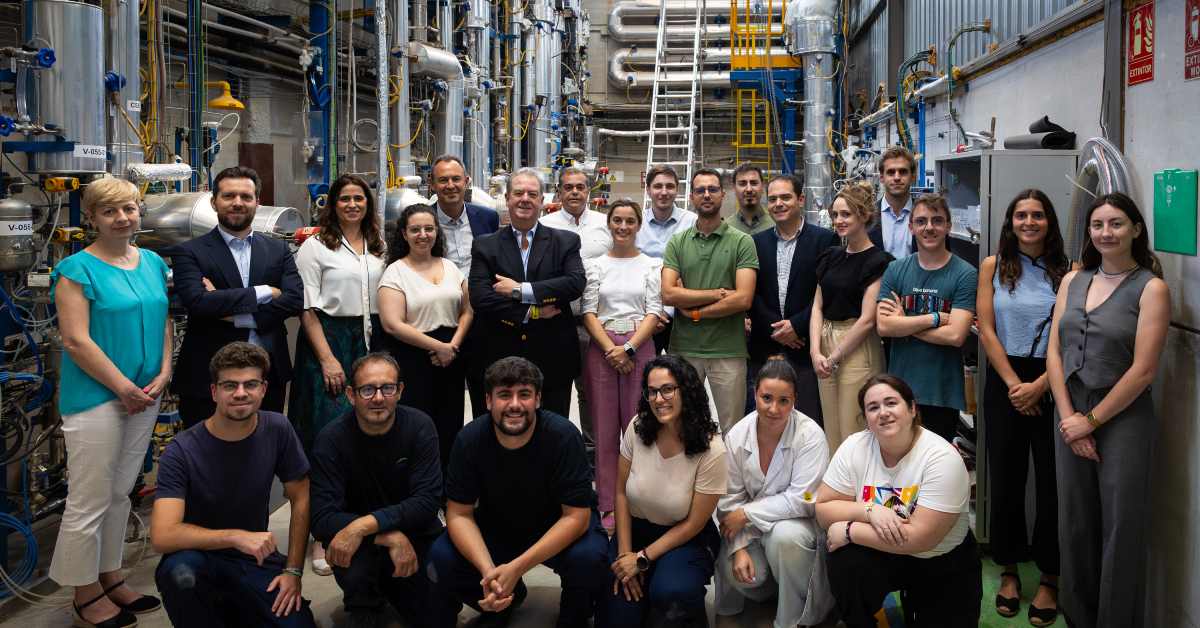
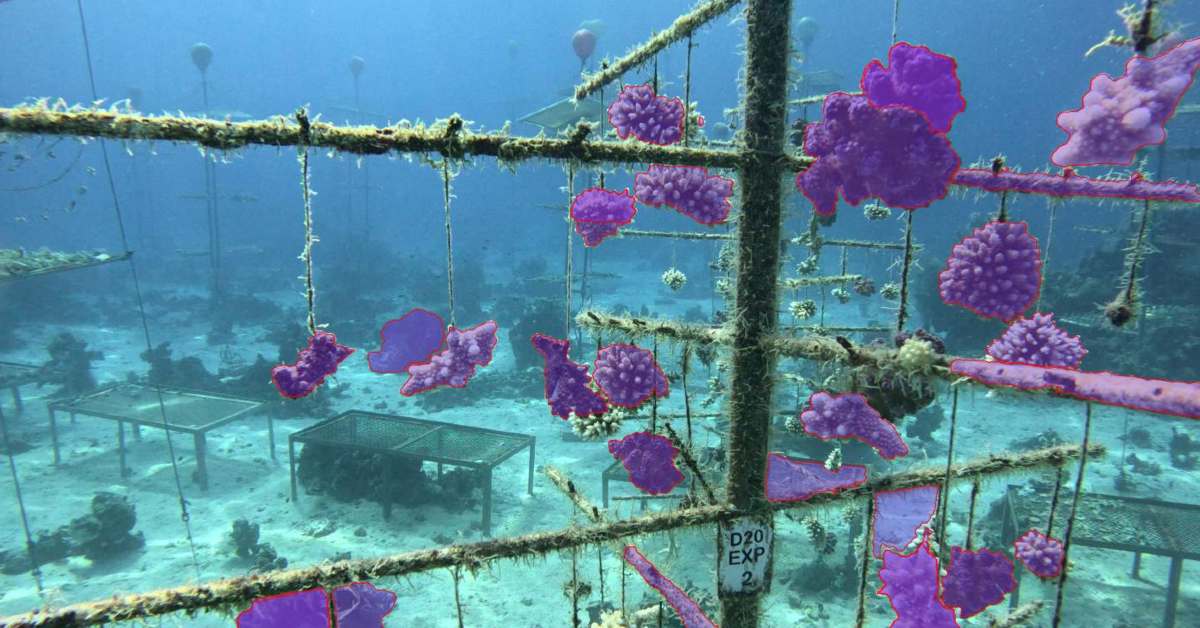

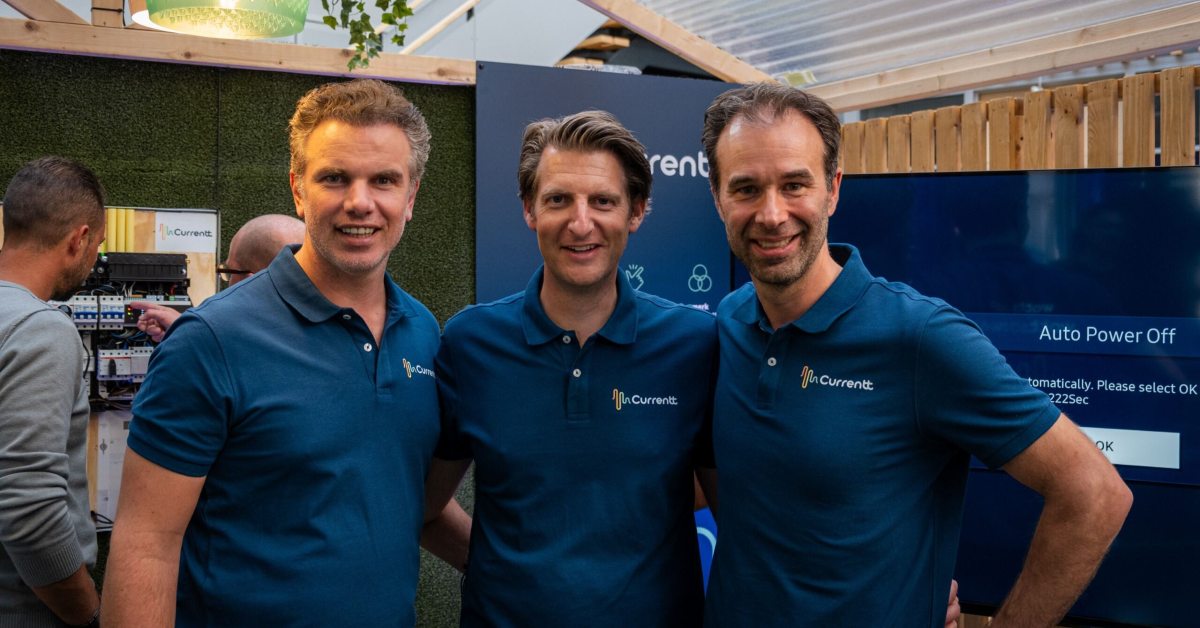
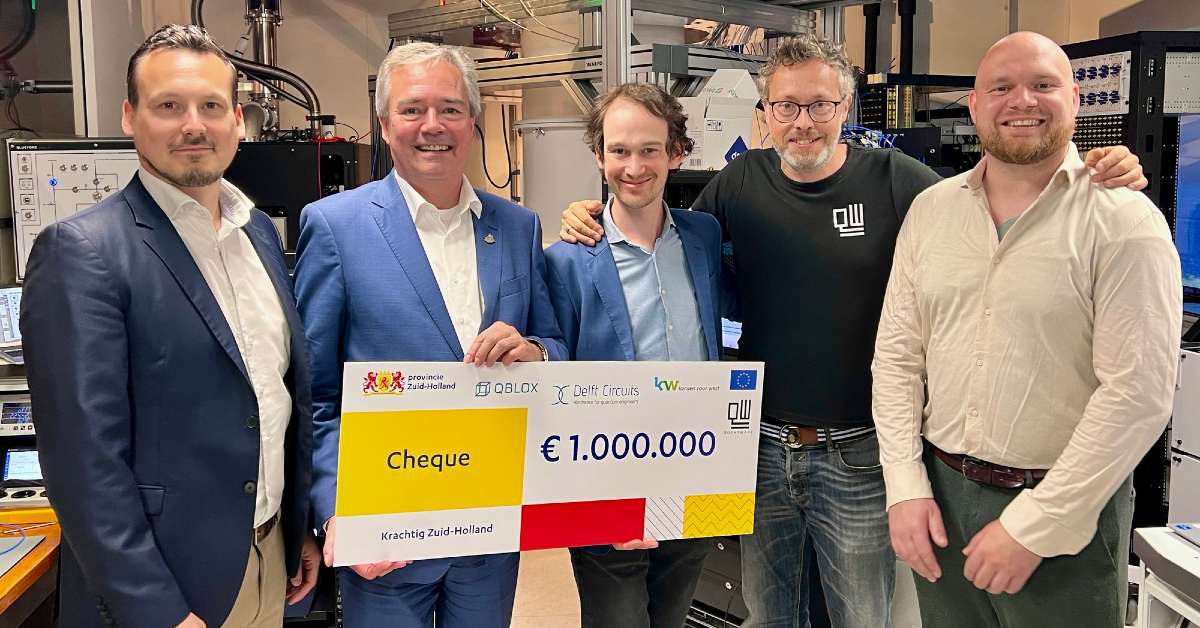
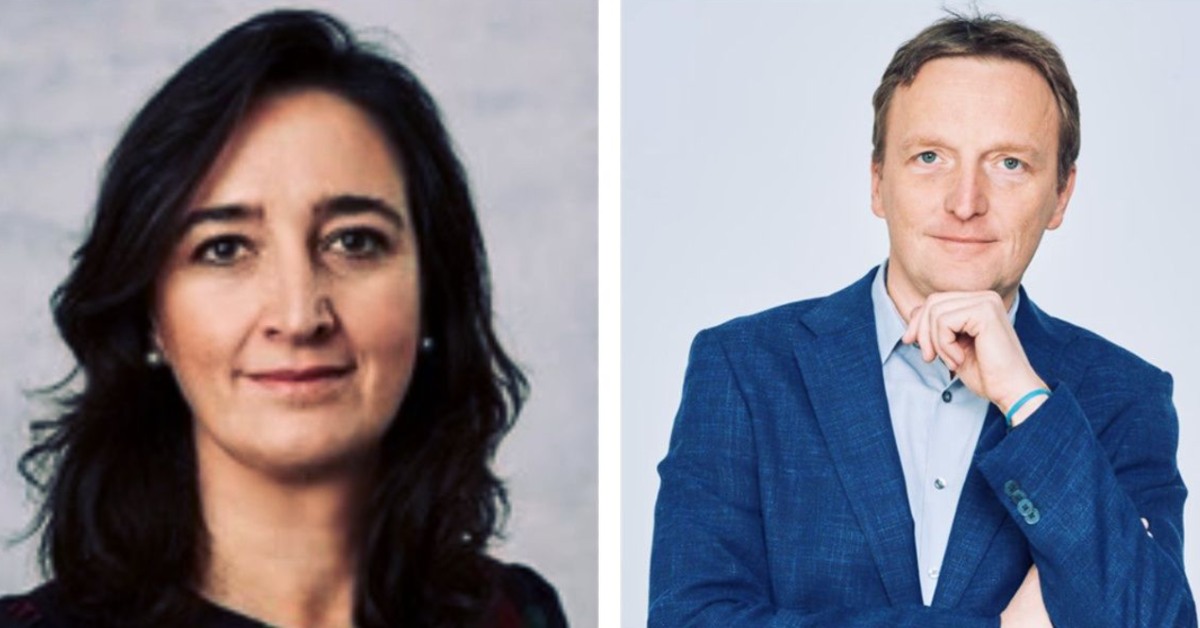

01
From telecom veteran to Dutch Startup Visa success: The Jignesh Dave story